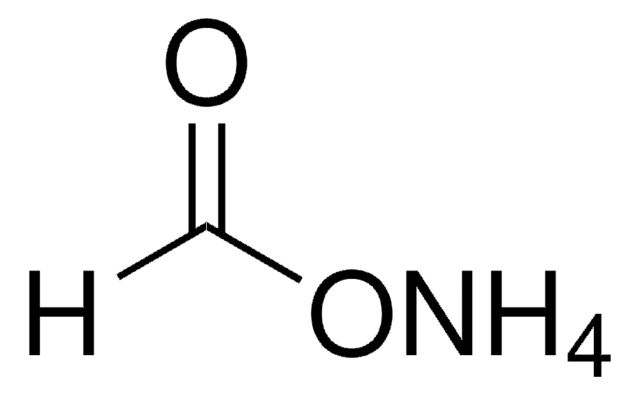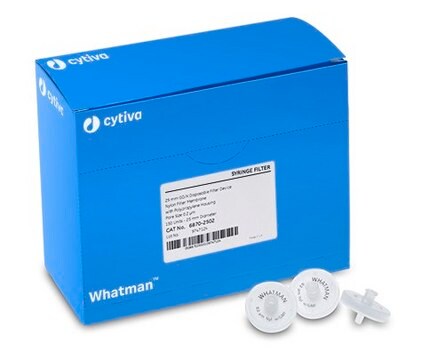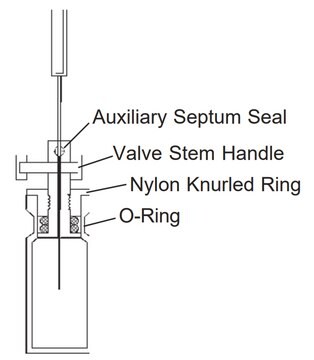34866-M
Toluène
suitable for HPLC, 99.9%
About This Item
Produits recommandés
Qualité
HPLC grade
Densité de vapeur
3.2 (vs air)
Pression de vapeur
22 mmHg ( 20 °C)
26 mmHg ( 25 °C)
Essai
99.9%
Forme
liquid
Température d'inflammation spontanée
997 °F
Limite d'explosivité
7 %
Technique(s)
HPLC: suitable
Impuretés
≤0.0005% non-volatile matter
≤0.0005% thiophene
≤0.001% free acid (as HCl)
≤0.02% water (Karl Fischer)
Indice de réfraction
n/D 1.496 (lit.)
pb
110-111 °C (lit.)
Pf
-93 °C (lit.)
Densité
0.865 g/mL at 25 °C (lit.)
Absorption UV
λ: 286 nm Amax: ≤1.00
λ: 288 nm Amax: ≤0.50
λ: 293 nm Amax: ≤0.20
λ: 300 nm Amax: ≤0.10
λ: 310 nm Amax: ≤0.05
λ: 335 nm Amax: ≤0.02
λ: 350 nm Amax: ≤0.004
Application(s)
general analytical
Chaîne SMILES
Cc1ccccc1
InChI
1S/C7H8/c1-7-5-3-2-4-6-7/h2-6H,1H3
Clé InChI
YXFVVABEGXRONW-UHFFFAOYSA-N
Vous recherchez des produits similaires ? Visite Guide de comparaison des produits
Description générale
Application
Conditionnement
Autres remarques
- The article number 34866-4X2.5L-M will be discontinued. Please order the single bottle 34866-2.5L-M which is physically identical with the same exact specifications.
- The article number 34866-6X1L-M will be discontinued. Please order the single bottle 34866-1L-M which is physically identical with the same exact specifications.
Mention d'avertissement
Danger
Mentions de danger
Conseils de prudence
Classification des risques
Aquatic Chronic 3 - Asp. Tox. 1 - Flam. Liq. 2 - Repr. 2 - Skin Irrit. 2 - STOT RE 2 Inhalation - STOT SE 3
Organes cibles
Central nervous system
Code de la classe de stockage
3 - Flammable liquids
Classe de danger pour l'eau (WGK)
WGK 3
Point d'éclair (°F)
39.2 °F - closed cup
Point d'éclair (°C)
4 °C - closed cup
Faites votre choix parmi les versions les plus récentes :
Déjà en possession de ce produit ?
Retrouvez la documentation relative aux produits que vous avez récemment achetés dans la Bibliothèque de documents.
Notre équipe de scientifiques dispose d'une expérience dans tous les secteurs de la recherche, notamment en sciences de la vie, science des matériaux, synthèse chimique, chromatographie, analyse et dans de nombreux autres domaines..
Contacter notre Service technique







